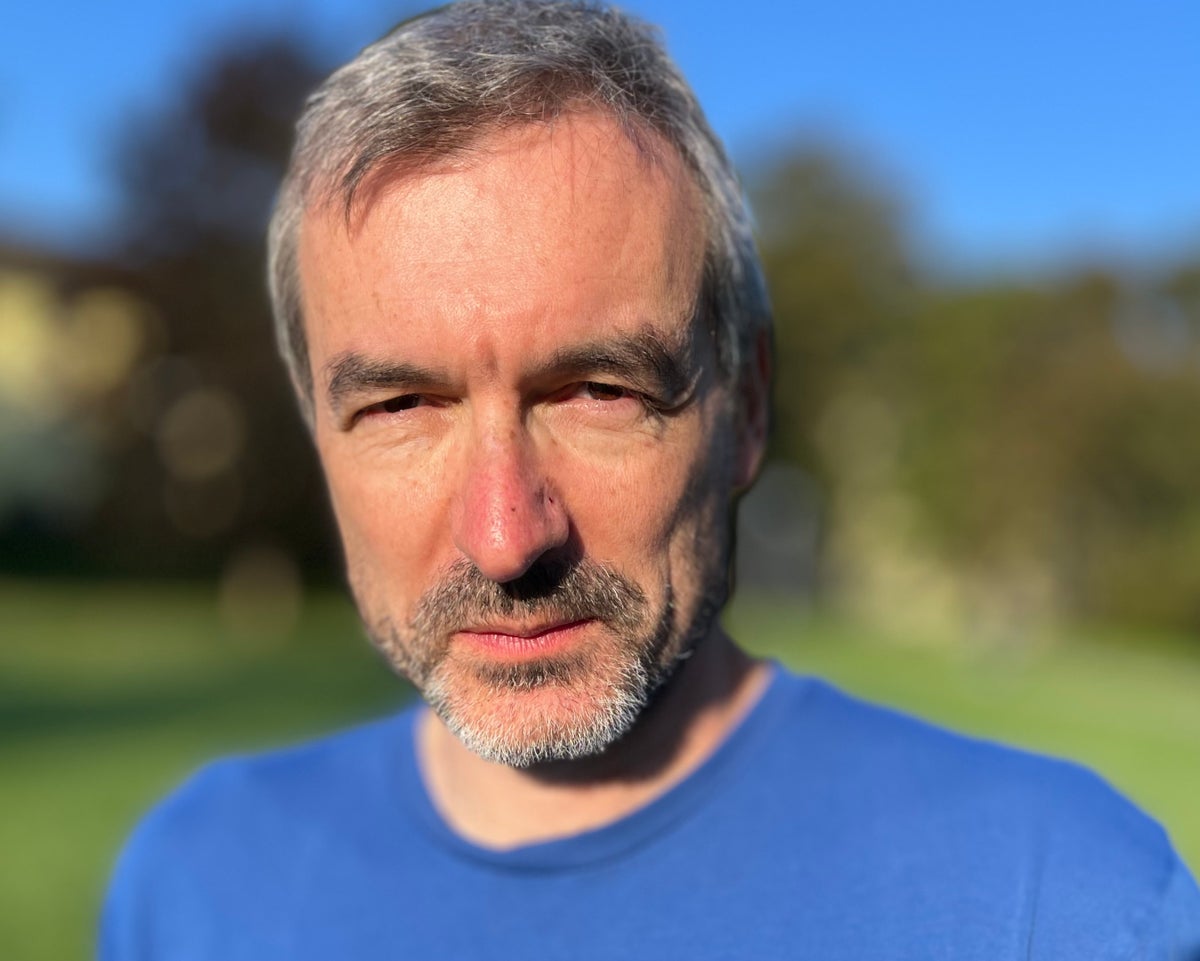
The Langlands program has been described by mathematician Edward Frankel as the “grand unified theory of mathematics.” Conceived by Robert Langlands in 1967, the program includes numerous conjectures that were intended to connect disparate mathematical realms: number theory and harmonic analysis. In the 1990s, a similar connection between geometry and harmonic analysis was noticed, and the geometric Langlands program was born. Decades later, in 2024, Dennis Gaitsgory of the Max Planck Institute for Mathematics in Bonn, Germany, and eight of his colleagues achieved a breakthrough. In five scientific preprint papers, consisting of nearly 1,000 pages, they proved that a large class of geometric objects is related to quantities from calculus. Gaitsgory has now been awarded the Breakthrough Prize in Mathematics, which includes a $3-million award, for this outstanding achievement.
Scientific American’s German-language sister publication Spektrum der Wissenschaft spoke to Gaitsgory about his math career, the Langlands achievement and the prestigious Breakthrough Prize.
[An edited transcript of the interview follows.]
On supporting science journalism
If you’re enjoying this article, consider supporting our award-winning journalism by subscribing. By purchasing a subscription you are helping to ensure the future of impactful stories about the discoveries and ideas shaping our world today.
You’ve been working on the geometric Langlands program for 30 years. When was the moment that you realized you’d be able to prove it?
There was a very crucial step that was always a mystery. This got solved by a former graduate student of mine, [mathematician] Sam Raskin, and his graduate students in the winter of 2022. They proved that something is nonzero. After this, it was clear that we would be able to work out a proof.
How did you feel when you realized that it could really be done?
I’ve always perceived it as some kind of long-term project for self-entertainment. So I obviously felt happy, but it was not like a very strong emotion or anything. It wasn’t a eureka moment.
The conjecture that we proved is one particular case of something much, much bigger. It has received a lot of attention because it’s one well-formulated thing. But it’s just one step. I was happy that this step had been done, but there’s much more to do.
So there was no champagne popping? You just sat down and continued working?
There was no champagne but something similar. When [Raskin] said that he could prove this crucial part, we made a bet: if he could really do it, I promised him a bottle of scotch.
The proof is huge, almost 1,000 pages. Did you oversee everything in it?
I wrote 95 percent of it. [That was] not for a good reason but because I had an injury from skiing, and I was just lying in bed. So what else was there to do? I was watching Star Wars with my son and writing this thing.
Do you mean you did both at the same time?
Initially, some sections in our papers were named after Star Wars episodes, but at the end, we deleted [that element], mostly out of copyright concerns. But one paper still has a quote from Star Wars: “Fear will keep the local systems in line.” It was a really good fit, because in this paper, we had to control the moduli space of local systems.
It’s one thing to understand something but another to write everything down in detail. Did any problems pop up?
Of course. We had a road map, but there were still a lot of blanks to fill, many theories to be developed.
But I don’t think there was a moment of actual panic. Sometimes I was not sure if one thing would require three more pages, 20 more pages or 50 more pages. There was just an uncertainty of how much more work had to be done.
Did you do all of this from your bed?
No, actually it was a cooperative process. The proof has nine co-authors: Every day I was writing to this guy and to that guy. They all have different perspectives and a slightly different kind of expertise. In some sense, it was as if I was lying in bed, and my colleagues were visiting me, so I didn’t get bored. It really held my spirits up that I could talk to them by e-mail.
There are some people who go to a bar to drink; we instead just talk about math. They talk about soccer; we talk about math. It’s the same thing; it’s human interaction.
Speaking of human interaction, do you talk about your work with your friends and family?
No. They’re not mathematicians. They can’t technically understand. My wife was close by my side and knows the story and the development of the topic. She knows how these things look from the outside, but I can’t describe the content [to her].
A lot of people would say that the Langlands program is one of the most complex research topics in the world. Would you agree?
The question is: What do you mean by complex? Yes, one cannot come from the street and just study this. But the same applies to what other mathematicians, such as Peter Scholze [who studies arithmetic geometry at the University of Bonn in Germany and the Max Planck Institute for Mathematics], are doing. I don’t have the background to just come to a talk he is giving and understand what he says because there are lots of technical details.
It’s the same here. One has to invest some effort to understand how things work, and then one should be able to understand. But that doesn’t say that whatever we’re doing is intrinsically more complex. I think all frontier math is equally complicated. We’re all trying to push a boundary at different points.
How many people can understand the technical parts of your work?
Now the community is growing because people are studying our proof. But up until last year, apart from [my] eight co-authors, there may have been five or six people who would have the capacity to understand the technical details.
Do you wish that more people were involved in this type of research?
Yes, definitely. So far it has been a very small community: The people who pushed the boundaries were basically my former students plus Dima Arinkin [a math professor at the University of Wisconsin–Madison], who is my age. He was a close friend and collaborator for many years. So some ideas get recycled. It would be just nice to have an influx of people from the outside. They could bring in something totally new. I would be very excited to see new ideas.
What could be done to get more people interested in the geometric Langlands problem?
More lectures and workshops on that topic, I guess. There will be a master class in Copenhagen, for example, in August. And there will be a conference in Berkeley, Calif. But now our research gets more attention because our proof is out. I regularly receive e-mails, mostly from younger people.
[At the time of my interview], for example, [I am set to give] a talk to a big audience of graduate students in Graz, Austria. I will talk about the foundations of derived algebraic geometry. So the graduate students want to study these foundations, and hopefully some of them will proceed to study the geometric Langlands program. But they need derived algebraic geometry to understand this. [Editor’s Note: This talk was scheduled for April 2.]
So you hope to catch the interest of young students by teaching them derived algebraic geometry. How did you become interested in the Langlands program in the first place?
It was back in the 1990s, when [Alexander] Sasha Beilinson [a mathematician now at the University of Chicago] came to Tel Aviv [University], where I was a graduate student. Beilinson gave two talks; he was at the very beginning of his own work on the subject. And I was completely captivated. I had learned about the classical Langlands program…, but before his talk, I had no idea that it could be related to geometry. It was the first time I heard about it. The objects he talked about seemed so appealing to me. It was exactly the type of mathematical object that I wanted to study. And they all came together miraculously in this. And I was like, “Wow.” I had to work on that.
Does the same fascination still drive your research?
Of course things evolved. It’s one thing when you’re 20, another thing when you’re 50. I don’t know what drives me now. It’s like an actual desire. It’s like appetite. I want to do math. And if I can’t, if I’m prevented from doing math, such as when I’m on a family vacation for a week with my kids, and I can’t do math, I suffer.
Really? That happens after one week?
One week is maybe still okay. But after two weeks, I become a terrible human being.
Well, it’s wonderful to find such a passion in life.
It’s not really passion.
Is it maybe more like some kind of addiction?
Yes, maybe. It’s more like: man needs to eat, and man needs to do math.
What are you working on now? Did you plunge into an abyss?
I am trying to generalize our work. I have several projects at different stages. There’s a lot of theory to be developed, but at least we now have a program. We know what we want.
You have a new road map?
Let’s say that we have the road map of desires but not a roadmap of methods like the one I [described] in 2013 [and published in 2015]. Back then, I knew exactly what needed to be proved. Now I know what I want, but I don’t know how to get there.
Maybe you will get new ideas from new researchers.
That would be very nice. But I think, in some sense, it’s like a Darwinian process: If the math is valuable, it will get studied. And more people will understand and get attracted. And if the math is boring, then too bad. Time will show.
This article originally appeared in Spektrum der Wissenschaft and was reproduced with permission.
